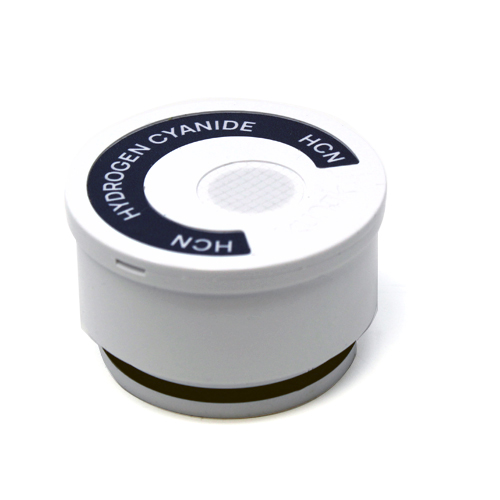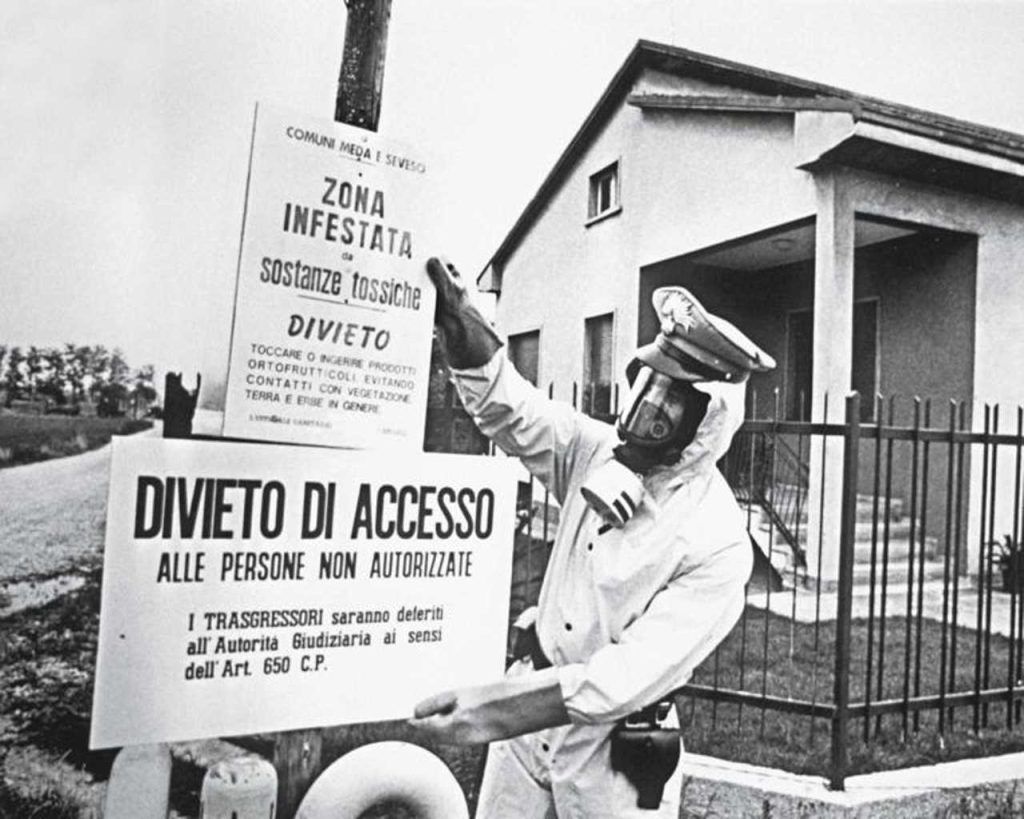HCN sensor
Hydrogen cyanide
Reliable real-time
data on HCN
GasPlug TECHNOLOGY | PATENTED DESIGN

Where is it found?
Hydrogen cyanide (HCN) is a colorless, highly volatile, and flammable liquid that evaporates quickly. It occurs both naturally and as a result of industrial activities.
It is found in mines, specifically, gold mining operations; combustion processes, such as vehicle exhaust, biomass burning; and at industrial applications, especially in the production of plastics (like acrylonitrile), synthetic fibers, dyes, pesticides, and electroplating.
Why measure it?
HCN is extremely toxic due to its interference with the body’s ability to use oxygen. Acute exposure can lead to headache, dizziness, nausea, confusion, rapid breathing, and loss of consciousness. High concentrations can cause seizures, respiratory failure, cardiac arrest, and death within minutes. Besides, long-term, low-level exposure can lead to neurological problems, respiratory issues, and thyroid dysfunction.
Due to its high toxicity and volatility, hydrogen cyanide is classified as a highly hazardous air pollutant and is strictly regulated in occupational and environmental settings.
HCN cartridge
The HCN cartridge features an integrated electrochemical sensor capable of detecting both low concentrations of HCN (below 1 ppm) and higher levels, up to 50 ppm, with an accuracy of ±0.10 ppm. However, the HCN sensor exhibits significant cross-sensitivity to SO2 and NO2.
To ensure maximum accuracy when high concentrations of NO2 and SO2 are expected, it is recommended to use NO2, O3, and SO2 cartridges alongside the HCN cartridge. This setup allows the Kunak algorithm to compensate for cross-sensitivity and deliver more precise measurements.
Technical specifications
- Measurement range: concentration range measured by the sensor.
- Resolution: smallest unit of measurement that can be indicated by the sensor.
- Operating temperature range: temperature interval at which the sensor is rated to operate safely and provide measurements. (*) In type A, the temperature range can be -40 to 50 ºC with heater. More information on this version on request.
- Operating RH range (Recommended RH range): humidity interval at which the sensor is rated to operate safely and provide measurements.
- Operating life: time period during which the sensor can operate effectively and accurately under normal conditions.
- Guarantee range: concentration range covered by Kunak's guarantee.
- LOD (Limit Of Detection): measured at laboratory conditions at 20ºC and 50% RH. The limit of detection is the minimum concentration that can be detected as significantly different from zero gas concentration, based on the metric from the Technical Specification CEN/TS 17660-1:2022.
- Repeatability (measured at laboratory conditions at 20ºC and 50% RH): closeness of the agreement between the results of successive measurements of the same measure carried out under the same conditions of measurement, based on the metric from the Technical Specification CEN/TS 17660-1:2022.
- Response time: time needed by the sensor to reach 90% of the final stable value.
- Statistical metric: statistics obtained between the device hourly measurements and reference instruments for 1 to 8 months field test between -10 to +30ºC in different countries. (*) The expected error for PM10 is higher in presence of coarse particles.
- Mean Absolute Error: it is the average mean absolute error (MAE) obtained between the device hourly measurements and reference instruments for 1 to 8 months field test between -10 to +30ºC in different countries.
- Error: it is the error of the sensor at reading measurement or full scale.
- DQO-Typical U(exp): Data Quality Objetive expressed as the Expanded Uncertainity in the Limit Value obtained between hourly measurements of the device and the reference instruments for 1 to 8 months field test between -10 to +30ºC in different countries, based on the metric from the European Air Quality Directive 2008/50/EC and from the Technical Specification CEN/TS 17660-1:2022. (*) The expected error for PM10 is higher in presence of coarse particles.
- Typical intra-model variability: calculated as the standard deviation of the three sensor means in 1 to 8 months field test between -10 to +30ºC in different countries.
A, B, C, D superindex: the super indexes refer to different types of cartridges related to the same target pollutant but with different technical specifications.


